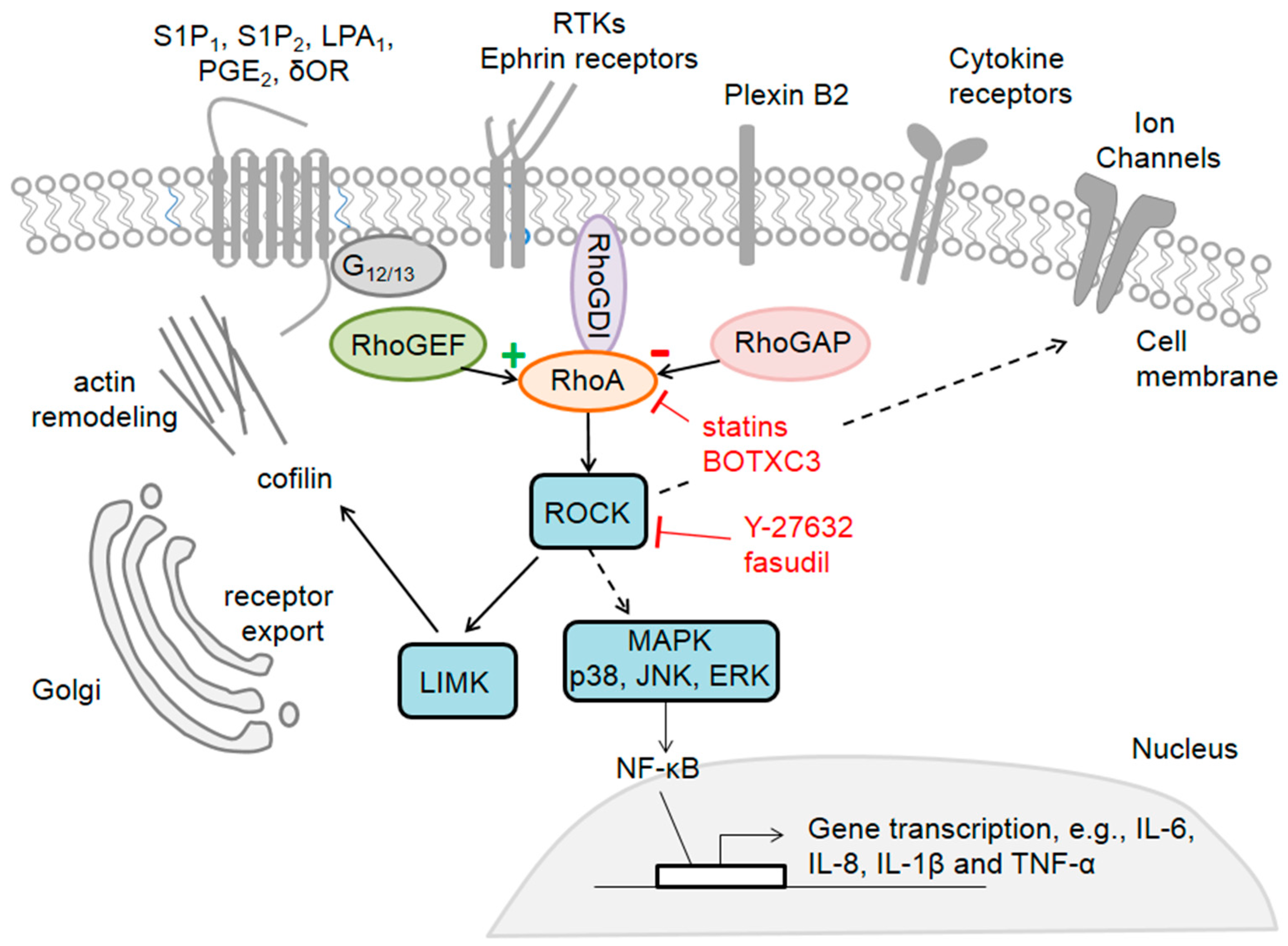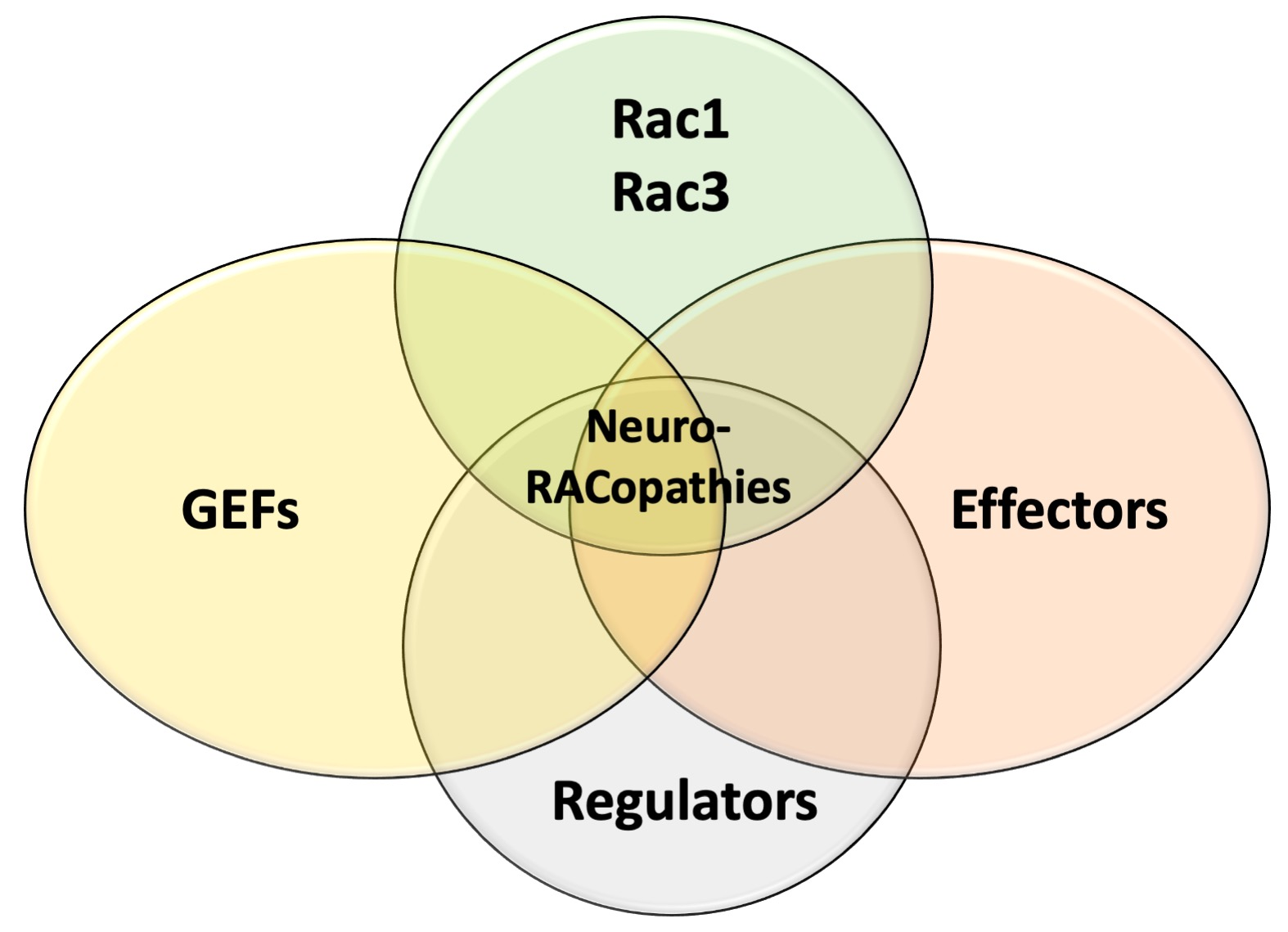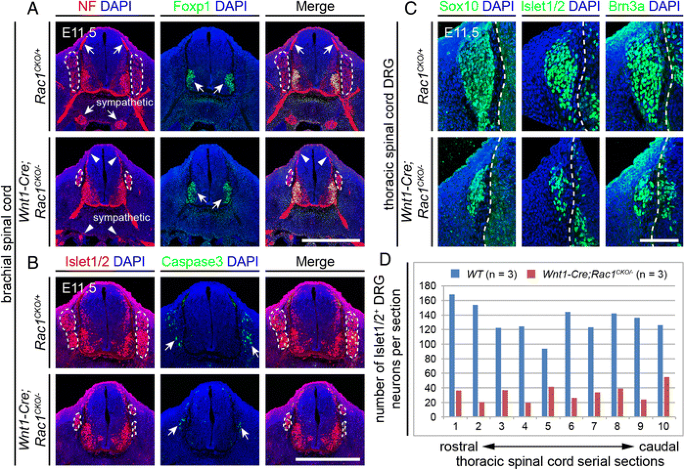Rac1 Regulates Neuronal Polarization through the WAVE Complex
Por um escritor misterioso
Descrição
Neuronal migration and axon growth, key events during neuronal development, require distinct changes in the cytoskeleton. Although many molecular regulators of polarity have been identified and characterized, relatively little is known about their physiological role in this process. To study the physiological function of Rac1 in neuronal development, we have generated a conditional knock-out mouse, in which Rac1 is ablated in the whole brain. Rac1 -deficient cerebellar granule neurons, which do not express other Rac isoforms, showed impaired neuronal migration and axon formation both in vivo and in vitro . In addition, Rac1 ablation disrupts lamellipodia formation in growth cones. The analysis of Rac1 effectors revealed the absence of the Wiskott–Aldrich syndrome protein (WASP) family verprolin-homologous protein (WAVE) complex from the plasma membrane of knock-out growth cones. Loss of WAVE function inhibited axon growth, whereas overexpression of a membrane-tethered WAVE mutant partially rescued axon growth in Rac1 -knock-out neurons. In addition, pharmacological inhibition of the WAVE complex effector Arp2/3 also reduced axon growth. We propose that Rac1 recruits the WAVE complex to the plasma membrane to enable actin remodeling necessary for axon growth.

PDF] Crucial polarity regulators in axon specification.

Cells, Free Full-Text

Rac1 Regulates Neuronal Polarization through the WAVE Complex

Cells, Free Full-Text

Neuronal polarization: From spatiotemporal signaling to cytoskeletal dynamics - ScienceDirect
Cortical interneuron development: a role for small Rho GTPases

Rac1 Regulates Neuronal Polarization through the WAVE Complex

Rac1 plays an essential role in axon growth and guidance and in neuronal survival in the central and peripheral nervous systems, Neural Development

Cells, Free Full-Text

MAP1B Regulates Axonal Development by Modulating Rho-GTPase Rac1 Activity
de
por adulto (o preço varia de acordo com o tamanho do grupo)







